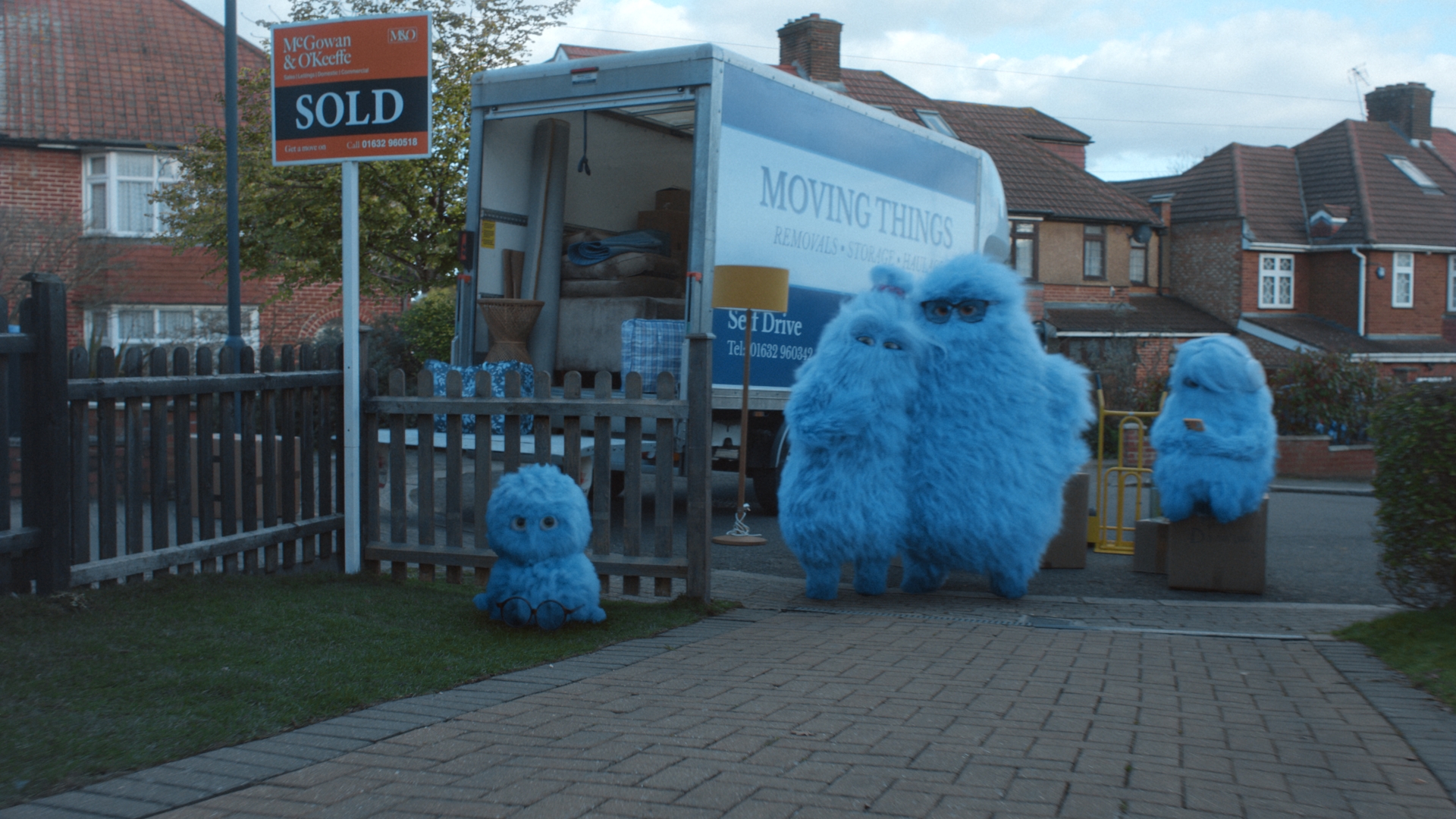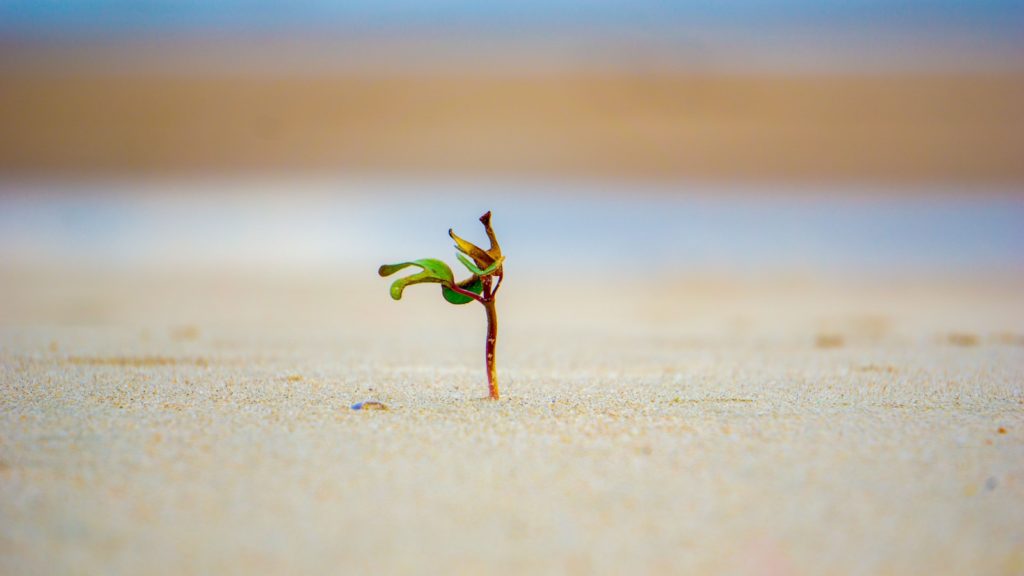More Than Setting: Centering Nature in Your Fiction
If the natural world is important to your story, be sure to engage it on a deeper level than descriptions of pretty scenery.


Today’s post is by book coach Erin Radniecki.
Snowy mountain peaks, whitewater rivers, and misty evergreen forests are all lovely backdrops for compelling fiction. But if you want to write a book for readers who care deeply about nature—or if you’re trying to convince readers to care—you’ve got to go beyond scenery.
Why? Because that beautiful scenery is passive, it doesn’t ask anything of the audience. Just like real-life scenery, it is consumed and often forgotten. It doesn’t confront your reader, ask them to take a stand, or challenge their opinions or biases. If you want to truly center nature in your fiction, you’ll need to engage it on a deeper level.
First off, let’s agree that there is nothing wrong with nature functioning as a pretty setting in fiction. Filling your writing with lovely descriptions of natural places that are just that, descriptions of beautiful places, is fine. However, if you want the natural world to have a starring role, and importantly, if your readers expect it to have a starring role, then lovely descriptions alone won’t cut it.
But if we need to go deeper than appearances, what do we focus on instead? I believe there are five elements of a story that can be infused with greater meaning by including nature: main character, obstacle, choices, transformation, and point.
Let’s look closer at each of these elements and investigate how applying a nature lens to one or more would bring the natural world to the forefront of your story.
1. Main character
The protagonist of a story defines what is important in the novel. Their likes, dislikes, vices, and desires determine what will populate the pages. The big question to address for our purpose is what does nature mean to your protagonist at the beginning of the story?
If we think of story as the encapsulation of a character’s journey from Before to After, what is their Before state in relation to the natural world? Do they love it, hate it, tolerate it, or are they ambivalent? Are they performative in their love for it, conspicuously wearing the right brands, while privately acting in antithetical ways?
In Eileen Garvin’s The Music of Bees, protagonist Alice Holtzman is a hobby beekeeper who loves nothing more than spending time with her hives. This passion is central to the character, and informs her actions throughout the book.
2. Obstacle
Every novel involves a protagonist wrestling with a hurdle or stumbling block, be it a visible, real-world challenge or an invisible, internal struggle. In nature-centered fiction you often see two approaches, either with nature as the obstacle itself, or nature being threatened by the obstacle in some way.
We see the former in books where survival is the central goal. The protagonist might face the cold of an Alaskan winter, being stranded in an inhospitable place, or the limits of their physical strength against natural elements. In these stories characteristics like humility, awe, brashness, and folly play a role in determining the fate of the characters.
The obstacle can also be a threat to some part of nature that the protagonist holds dear. In The Music of Bees, Alice’s dream of farming honeybees is put in jeopardy when a new pesticide threatens to blanket her community. This obstacle is a direct threat to the creatures and habitat she reveres, not to mention her financial plans for the future.
3. Choices
The protagonist’s choices, made in response to the obstacle, are what propel them along their journey from Before to After. The choices they make answer the question, what are they willing to do to realize their goal?
If appreciation for the natural world is already a characteristic your protagonist holds, they could be confronted with choices that align with or diverge from that value. If they are nature-averse, their choices might lead them to a place where their beliefs are challenged.
Here are two guideposts to use as you decide what choices your main character would make. First, having a clear picture of your protagonist’s internal identity will help you select choices that are authentic to the character. Second, understanding the transformation the character will go through—what their After will look like—can aid in directing the choices they make.
In The Music of Bees, Alice must decide what actions she’s willing to take to protect not just the future she longs for, but all bees in her rural, agricultural community. What is she willing to risk, and how will she reconcile her choices if she doesn’t act?
4. Transformation
In the majority of Western fiction, the protagonist goes through some type of transformation, where, over the course of the story, they move from their Before state to their After state.
If a character’s Before is informed by who they are as a person, then their After is the transformation that results from stress testing that individual over the course of the novel.
When centering nature, that transformation could simply mean developing a greater appreciation for the natural world, or it could have a greater impact, such as changing a behavior that was harming nature in their community, or affecting relationships for good or ill.
5. Point
The message that your reader takes away from your story has the potential to carry over into their daily lives. After we’ve read a book, there is a period of time where we’re digesting what we read. During that process our brain is making unconscious connections between what we read and our daily encounters, and we end up applying these new perspectives in our lives.
All of that means the point of a nature-centered story is an opportunity to plant seeds of change with readers, so aim to craft a meaningful takeaway message that will stick with your reader.
What is too much?
You may wonder if it is necessary to view all five of these story elements through pine-colored glasses in order to highlight nature in your novel. Absolutely not!
While I would argue nature should be featured in at least two of the five elements, you can choose how heavy handed you want to be.
For example, your main character might be a bird watcher, but the obstacle that they face may have nothing to do with birding. The choices they make could reflect their appreciation for birds and the habitat they occupy, but ultimately the character’s transformation may not directly involve those things.
Looking at The Music of Bees as our example, the author wove connections to nature through the main character, obstacle and choices, but the transformation and point are broad, universal themes relating to grief and second chances.
If you’ve been attempting to center nature in your work in progress, I hope these suggestions provide you with some inspiration. Now, you tell me: which of these story elements are you most likely to infuse with nature in your work?


















































![The 11 Best Landing Page Builder Software Tools [2025]](https://www.growthmarketingpro.com/wp-content/uploads/2024/04/best-landing-page-software-hero-image-1024x618.png?#)




























![Cracking the SEO Code: Regain Control of Search Visibility in the Age of AI [Webinar] via @sejournal, @hethr_campbell](https://www.searchenginejournal.com/wp-content/uploads/2025/05/featured-73.png)







![What Is Generative Engine Optimization [Tips & Workflows To Do It]](https://moz.com/images/blog/banners/What-Is-Generative-Engine-Optimization-Tips-Workflows-To-Do-It-1.png?auto=compress,format&fit=crop&dm=1745607929&s=6f75f1f02c531af0f80acb12517c8bab#)












![8 Marketing Principles You’ll Wish You Knew When You First Started [Infographic]](https://imgproxy.divecdn.com/IrFUUizSVZJGsPem_wXXddL_nQGNvo8QImauGCOQCxo/g:ce/rs:fit:770:435/Z3M6Ly9kaXZlc2l0ZS1zdG9yYWdlL2RpdmVpbWFnZS84X21hcmtldGluZ19wcmluY2lwbGVzX2luZm8yLnBuZw==.webp)














![Social media image sizes for all networks [May 2025]](https://blog.hootsuite.com/wp-content/uploads/2023/01/Social-Media-Image-Sizes-2023.png)

![X (formerly Twitter) vs. Threads: What brands need to know [data]](https://www.hubspot.com/hubfs/x%20vs%20threads.png)
![The best marketing campaigns of the year (thus far), what to learn from them, and why they worked so darn well [new data]](https://knowledge.hubspot.com/hubfs/marketing-campaigns-1-20250508-1357892.webp)

















